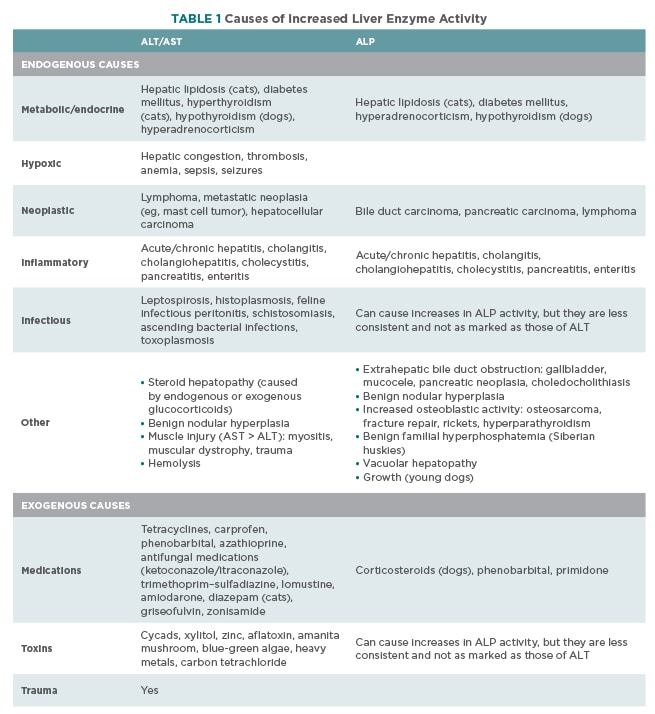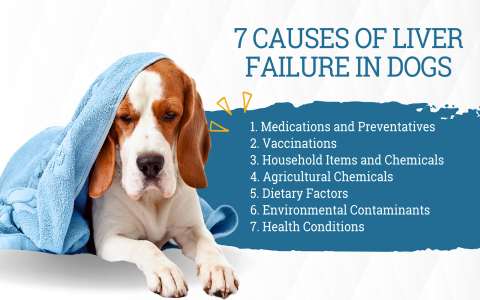Okay, so the other day I was kinda freaking out about my dog, Buster. He’d been acting a little off – you know, not as peppy as usual, maybe a bit more tired. So, like any worried dog parent, I went down the internet rabbit hole and started reading about all sorts of scary stuff. One thing that kept popping up was liver problems, and that got me thinking about “normal liver levels” in dogs.
My Deep Dive into Dog Liver Stuff
First thing I did? I called my vet, obviously. No messing around with Dr. Google when it comes to Buster’s health. The vet said it’s good I noticed the change and that we should bring him in for a checkup.

While I was waiting for the appointment, I started digging around online (I know, I know, I just said not to…but I was anxious!). I mostly wanted to understand what they’d even be looking for in a blood test.
It turns out, there are these things called “liver enzymes.” From what I gathered, they’re like little signals that show how the liver is doing. If the levels are too high, it could mean something’s up. The main ones I kept seeing were:
- ALT (Alanine Aminotransferase): Apparently, this one is super specific to the liver, especially in dogs.
- AST (Aspartate Aminotransferase): This one can be elevated with liver issues, but also with muscle problems, so it’s not as clear-cut.
- ALP (Alkaline Phosphatase): This one seems to be a bit trickier. It can be higher in young, growing dogs (which Buster isn’t anymore), and it can also go up with bone issues or even certain medications.
- GGT (Gamma-Glutamyl Transferase): This one often goes up along with ALP, and it can point to bile duct problems.
I read somewhere that some other factors can impact on the result such as breed, age, and even the food they eat.
The Vet Visit & What I Learned
So, we took Buster to the vet. They did a full physical exam and, yep, ran some blood tests. It was a little nerve-wracking waiting for the results, but the vet explained everything really well. They showed me the numbers and compared them to the “normal” ranges for dogs. She also asked the food Buster ate, and Buster’s age.
Thankfully, Buster’s levels were mostly within the normal range! There was one that was slightly elevated, but the vet wasn’t too concerned. She said it could be a bunch of things, even just a little bit of stress or a change in his diet. We decided to monitor it and recheck his blood work in a few months, just to be safe. That means I’ll bring Buster back to the vet for recheck in 2 months, so they can redo the tests.
The biggest thing I learned? Don’t panic (easier said than done!), and always, always talk to your vet if you’re worried. Those online numbers are just a starting point, and it takes a professional to really understand what’s going on with your furry friend.





